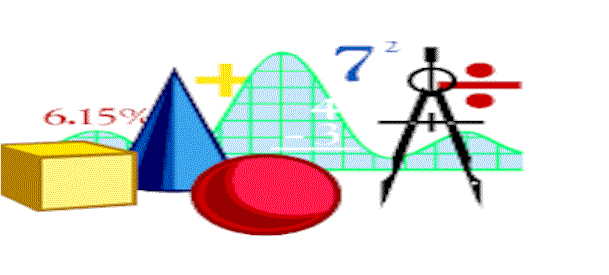
Complex

|
Complex
|
The Analytic Information Server engine supports complex numbers as a pair of real values representing the real and imaginary parts of the complex number, respectively. A complex number is not a native type. Rather, it is a heap object since two real numbers is too large to fit into the space allotted to native types. All of the standard operations on complex numbers (add, subtract, multiply, divide, mod, sin, cos, tan, etc.) are supported. In addition, several built-in functions that are specific to complex numbers (real, imaginary, complex, conjugate, argument, modulus) are also provided.
Use complex numbers for those functions that require complex number support.
Complex numbers are represented by a pair of floating-point numbers, representing the real and imaginary parts of the complex value. For example:
#c3.14+2.718i
If the second element is omitted, the imaginary value is set to 0.0.
(real #c3.14-2.718i) ==> 3.14.
(imaginary #c3.14-2.718i) ==> -2.718.
The Complex is a Heap Object or an Object Data Type. The Analytic Information Server Object Types are stored in the Heap and are managed by the Heap manager. The Analytic Information Server Heap manager supports object resizing, garbage collection, and anti-fragmentation algorithms so that the user may concentrate on the analysis and modeling of data rather than on memory management. Without exception, all of the Object types are identified by an object id. The object id identifies a block of memory, managed by the Lambda Information Server memory manager, in which the Object's data is stored.
The Analytic Information Server Heap Object and Native Data types can be saved and loaded to and from persistent (disk file) storage at any time. Containers with immediate data are saved on disk in fixed length records equal to the size of the container. Containers with Heap object references are saved in fixed length records, which are automatically expanded to include the contents of the Heap object, and any objects referenced by the Heap object, etc. This feature is called Object Closure Management and is automatic with every Analytic Information Server container database save.
Analytic Information Server containers may be loaded from any database repository record at any time. If the data in the record is immediate, the database load fills the container with the immediate data. If the data in the record is an object closure, the database load fills the container with a Heap object reference, and all of the objects in the record are loaded back into the Heap with the same referential relationships they had when they were saved in the repository.
The Complex object can be demonstrated by the following examples.